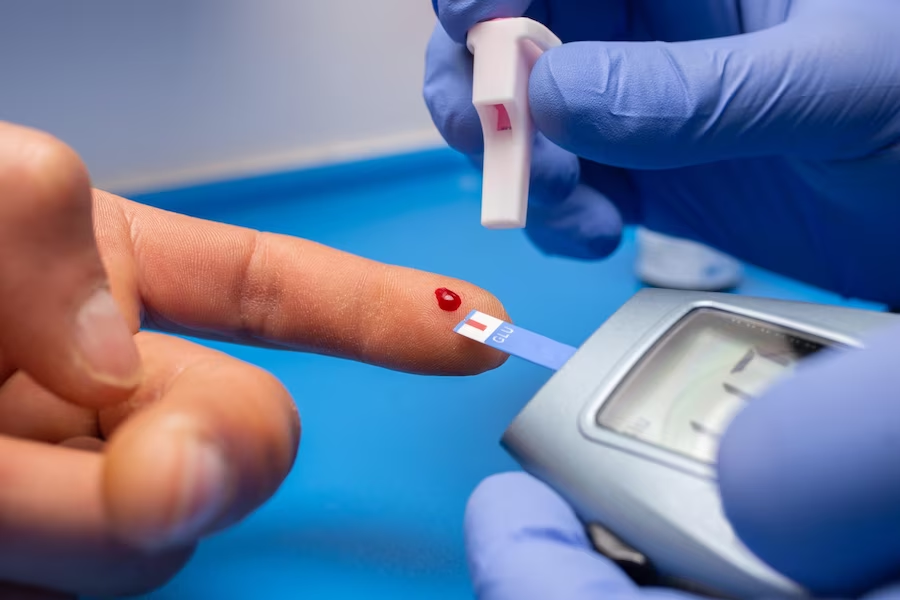Living with Type 1 Diabetes (T1D) poses unique challenges, not just physically, but also emotionally and socially. Despite significant advancements in medical technology and treatment options, the stigma surrounding T1D persists, often leading to misconceptions, discrimination, and psychological distress for those affected. This article aims to delve into the multifaceted aspects of T1D, debunking myths, highlighting the realities, and offering insights into how individuals with T1D can lead fulfilling lives while navigating through societal perceptions and challenges.
Introduction:
Type 1 Diabetes (T1D) is a chronic autoimmune condition characterized by the body&8217;s inability to produce insulin, the hormone necessary for regulating blood sugar levels. Unlike Type 2 Diabetes, which is often associated with lifestyle factors, T1D is not preventable and requires lifelong management through insulin therapy, blood sugar monitoring, diet, and exercise. Despite its prevalence and the advances in medical care, individuals with T1D still face stigma and misunderstanding, impacting various aspects of their lives.
Understanding Type 1 Diabetes:
T1D develops when the immune system attacks and destroys insulin-producing beta cells in the pancreas. This process is still not entirely understood, but genetic predisposition and environmental factors are believed to play significant roles. Diagnosis often occurs in childhood or adolescence, although it can occur at any age. Managing T1D involves a delicate balance of insulin administration, carbohydrate counting, monitoring blood glucose levels, and adapting to factors like exercise, illness, and stress.
The Reality of Stigma:
Despite the prevalence and awareness of T1D, misconceptions and stigma persist. People with T1D often face judgment and discrimination due to misunderstandings about the condition. Myths such as associating T1D with poor lifestyle choices or assuming it can be cured by diet and exercise contribute to this stigma. Furthermore, the visible nature of certain aspects of T1D management, such as insulin injections or continuous glucose monitoring, can lead to feelings of self-consciousness and isolation.
Challenges Faced:
Living with T1D comes with numerous challenges beyond the physical aspects of managing the condition. Fear of hypoglycemia (low blood sugar) or hyperglycemia (high blood sugar), the financial burden of diabetes supplies and medications, and the constant vigilance required for blood sugar management can take a toll on mental well-being. Additionally, navigating social situations, such as explaining the condition to others or dealing with insensitive comments, adds another layer of complexity to daily life with T1D.
Dispelling Myths and Misconceptions:
Education is key to breaking down stigma surrounding T1D. Dispelling common myths and misconceptions, such as the belief that T1D is caused by poor diet or that insulin is a cure, is essential in fostering understanding and empathy. Highlighting the autoimmune nature of T1D and the need for insulin as a life-saving treatment can help challenge stereotypes and promote accurate perceptions of the condition.
Empowering Individuals with T1D:
Empowering individuals with T1D to advocate for themselves and educate others can help combat stigma and promote acceptance. Encouraging open communication about the challenges and realities of living with T1D can foster supportive environments and reduce feelings of isolation. Additionally, promoting self-care practices and emphasizing the importance of mental health support can help individuals with T1D thrive both physically and emotionally.
Supporting the T1D Community:
Creating supportive communities and resources for individuals with T1D and their families is crucial in fostering resilience and reducing stigma. Peer support groups, online forums, and educational workshops can provide valuable information, encouragement, and solidarity. Additionally, advocating for policies that improve access to diabetes care and reduce financial barriers can help alleviate some of the burdens associated with managing T1D.
Conclusion:
Living well with Type 1 Diabetes requires more than just managing blood sugar levels; it involves navigating through societal perceptions, overcoming stigma, and prioritizing mental and emotional well-being. By debunking myths, fostering understanding, and promoting empowerment and support, we can create a more inclusive and accepting environment for individuals with T1D to thrive. Breaking down the stigma surrounding T1D is not just about raising awareness; it&8217;s about fostering empathy, compassion, and acceptance for all those affected by this chronic condition.
